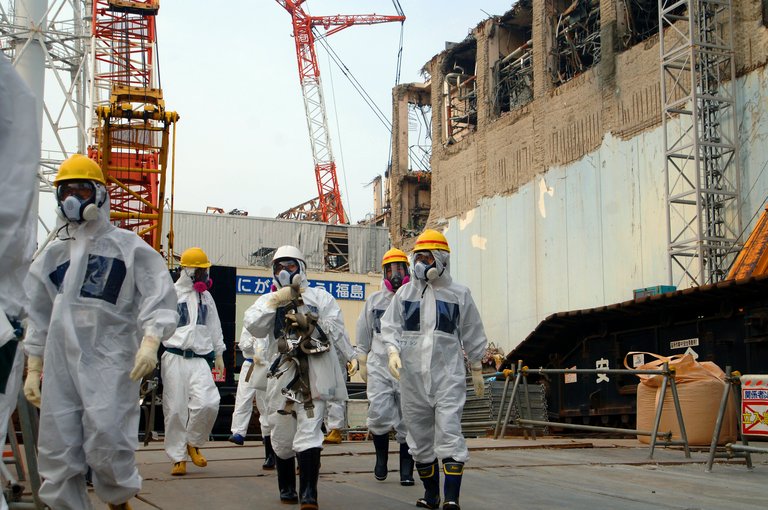Fukushima, far from normal

Eight years have passed since an earthquake first, and tsunamis later, destroyed the Daiichi nuclear power plant and the nuclear catastrophe occurred. Emergency and long-term measures were taken, but the consequences remain evident.
The headquarters itself is a witness to what happened. They have not yet been demolished due to the risk of demolition. It must be taken into account, among other things, that the Daiichi 1 and 2 reactors are melted and that they contain inside the nuclear fuel mixed with other materials.
Thus, although the company that owns the plant, TEPCO, had to start the demolition this month, it has finally delayed the start of the works until May. Meanwhile, through robots the situation is being studied to know what they will find as exactly as possible. TEPCO released the images of the reactors last month.
Outside the plant there are 900 tanks with more than a thousand tons of water contaminated by radiocatibidity. From time to time environmental groups denounce the existence of spills, but rarely have authorities accepted that they have occurred. However, researchers measuring marine radioactivity do not hesitate to say that the plant is in continuous spill.
However, the last note published by the Ministry of Foreign Affairs of Japan indicates that the measured radioactivity is below the maximum allowed limit. Moreover, it indicates that although the first measurements were made every month, since April 2017 only four times a year, since lately no incidents have been measured either at sea or in the surroundings of the central.
Health, concern
However, radioactivity remains a source of concern, and proof of this is the abundance of articles published in scientific journals specializing in the subject, especially in the medical field.
Dr. Sae Ochi of the University of Tokyo School of Medicine underlined the importance of these articles and said that it is essential to collect the evolution of the state of health, not only to preserve the health of the current population, but also for the future. It also chooses to share information. “There is still a lot of work to be done,” he said.
Meanwhile, some of those who were forced to leave their homes after the accident already have permission to return, although not all have made the decision with good will, since the Japanese government has raised the limit of the safe dose of radioactivity of a milisiervert (usual) to 20 a year (same as the workers of nuclear power plants).
Buletina
Bidali zure helbide elektronikoa eta jaso asteroko buletina zure sarrera-ontzian











